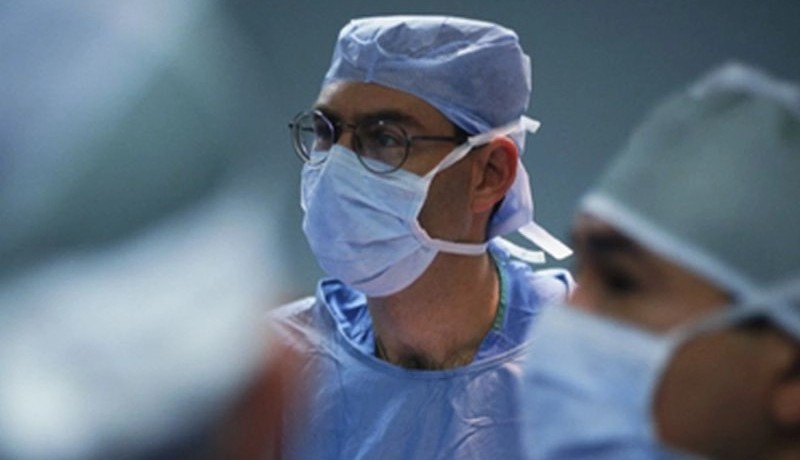
Wearable Technology and Postural Ergonomics in Neurosurgery: A Pilot Study
A recent pilot study published in the Journal of Neurosurgery: Spine on April 19, 2024, explored the use of wearable technology to assess postural ergonomics and provide biofeedback to neurosurgeons. Conducted by Alejandro Zulbaran-Rojas, M.D., from Baylor College of Medicine in Houston, the study involved equipping 10 neurosurgeons with two wearable sensors on the back of their head and upper back during 11 procedures.
The results of the study showed that surgeons maintained a static posture for more than half of the active surgical time, with spine procedures showing differences in posture based on the use of an exoscope while standing. Transitions between standing exoscope use and sitting microscope use during cranial procedures also affected posture. Taller surgeons exhibited longer periods in flexed and extended static postures.
Furthermore, the study found variations in self-assessments of procedure difficulty by both trainees and attendings postoperatively. Zulbaran-Rojas highlighted the potential of wearable technology to identify neglected postures and enable prompt correction during surgery.
One of the authors disclosed ties to BioSensics, a developer of wearable sensors, suggesting that this technology could be a valuable tool for improving postural ergonomics and providing objective biofeedback to neurosurgeons during procedures. Ultimately, this could enhance surgical outcomes by reducing strain on muscles and joints while increasing precision and accuracy during surgery.
In conclusion, this pilot study highlights the potential benefits of using wearable technology to improve postural ergonomics and provide biofeedback to neurosurgeons during procedures. As such, further research is needed to determine if these findings can be translated into clinical practice settings.
Zulbaran-Rojas’s team equipped 10 neurosurgeons with two wearable sensors on their head and upper back during 11 procedures as part of a pilot study published in The Journal Of Neurosurgery: Spine on April 19th, 2024.
The results showed that surgeons maintained a static posture for more than half of active surgical time with spine procedures showing differences based on exoscope usage while standing.
Transitions between standing exoscope use and sitting microscope use during cranial procedures also impacted posture.
Taller surgeons exhibited longer periods in flexed and extended static poses.
Variations in self-assessments of procedure difficulty were noted by both trainees and attendings postoperatively.
Wearable technology has been identified as having potential to identify neglected poses which can lead to prompt correction during surgeries.
One author disclosed ties to BioSensics – developers of wearable sensors – indicating that this technology could be used as a valuable tool for improving ergonomics and providing objective biofeedback to neurosurgeons during surgeries which ultimately could enhance surgical outcomes by reducing strain on muscles & joints while increasing precision & accuracy during surgery.

